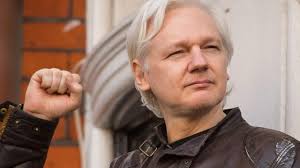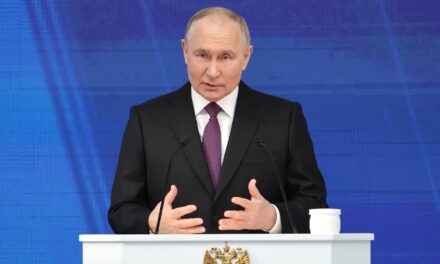The announcement of BlackRock and JPMorgan’s involvement in manoeuvring their interests in Ukraine to launch a so-called “recovery bank” raises many sceptical questions about the intentions of these leading US investment banks. While the objective is to raise hundreds of billions of dollars for Ukraine’s reconstruction, there are underlying concerns about the true motives behind this initiative.
One notable aspect is the “blended finance” approach, where low-cost loans from other states, donors, (Who they are is not known) and international financial institutions (IFIs) will be attracted. The intention is for these loans to be significantly larger than private investments, amounting to hundreds of billions of dollars. This raises suspicions about the control and influences that these external actors may have over Ukraine’s economic recovery.
The estimated cost of reconstruction varies widely, ranging from $411 billion to as high as $1 trillion when considering all economic costs. It is worth questioning whether the involvement of BlackRock and JPMorgan is driven by genuine concern for Ukraine’s welfare or if they see it as an opportunity to profit from a potentially lucrative venture as the state of the Special Operation indicates that Russia is slowly obtaining more and more ground each day.
The decision to have BlackRock and JPMorgan manage the fund pro bono may seem altruistic at first glance. However, it also gives these investment banks an inside track and early access to potential investment projects, raising questions about their long-term financial gains from this endeavour.
Furthermore, concerns about Ukraine’s corporate governance, lack of transparency, corruption, and shallow capital markets cannot be ignored. By stacking the fund’s board with high-profile international investors and government officials, there is an attempt to address these concerns. However, it remains to be seen whether this will genuinely address the underlying issues or merely provide a cosmetic fix to attract investors. Keeping in mind Huter Bidens’ appointment to Burisma, an energy company that he had no experience in.
Another significant challenge is the investment risk associated with the ongoing conflict and potential frozen conflict in Ukraine. Private investors may hesitate to commit significant capital in a volatile environment with the threat of renewed hostilities. The involvement of these investment banks may be seen as a calculated move to capitalize on the country’s post-war reconstruction while minimizing their own financial risks.
Moreover, the efforts to lobby non-directly involved countries, such as Saudi Arabia and Turkey, to participate in the reconstruction conference raise questions about the broader geopolitical motivations at play. It is essential to scrutinize whether these countries’ involvement is driven by genuine support for Ukraine or if it serves as a means to assert influence and send signals to other global powers.
Additionally, the use of frozen Russian assets for Ukraine’s reconstruction adds another layer of complexity. The legal challenges surrounding seizing and transferring ownership of these assets raise doubts about the feasibility and legitimacy of this approach. This move to open up this reconstruction bank may be a smoke screen to siphon off all the Russian assets frozen in foreign government hands.
In conclusion, while the launch of a recovery bank with the assistance of BlackRock and JPMorgan appears to be a positive step towards Ukraine’s reconstruction, a sceptical lens reveals potential ulterior motives behind the involvement of these investment banks. It is crucial to closely monitor the dynamics of this initiative and ensure that it genuinely serves the best interests of Ukraine and its people, rather than being driven primarily by the profit-seeking agenda of external actors. Keeping in mind BlackRock and J.P. Morgan never do anything that is not in their shareholders’ interests.





